Mistakes during product use can damage them, the risk to our life. During product manufacturing, it can affect manufactured part quality, and cause inconvenience to the users. The concept of Poka-Yoke is used in product design and lean manufacturing to avoid these mistakes.
This article covers various types of poka-yoke techniques with examples in product design and lean manufacturing.
Poka Yoke Meaning
The Poka-Yoke technique is also known as Fail-Safe or Mistake Proofing. It is in product design to avoid mistakes during product manufacturing and their use.
Definition
The Poka-yoke technique is a type of mistake-proofing technique. It involves finding the problem’s root cause and ensuring errors/mistakes do not occur during manufacturing or product use.
Why we use mistake-proofing?
Mistake-proofing tool is very effective in preventing manufacturing and user-related errors. As a result, customer satisfaction improves. Here is the list of techniques that helps in avoiding mistakes during product operation and manufacturing.
- Make sure error does not occur in the first place.
- If an error occurs, the error is obvious. Otherwise, the error should be detectable.
Advantages of Fail-Safe or Mistake Proofing Techniques
Mistake-proofing features in product design and manufacturing have the following advantages.
- Operator training time reduces.
- Reduce error during manufacturing.
- It improves manufactured part quality.
- Reduce assembly and inspection time.
- Continuous improvement.
- It improves user experience and safety.
Types of Poka-Yoke Techniques
Control and Warning poka-yoke techniques have application during product design and manufacturing to eliminate errors or mistakes during product manufacturing and operation.
1. Control Poka-Yoke
In control poka-yoke, mistakes are controlled or prevented before they occur.
Examples
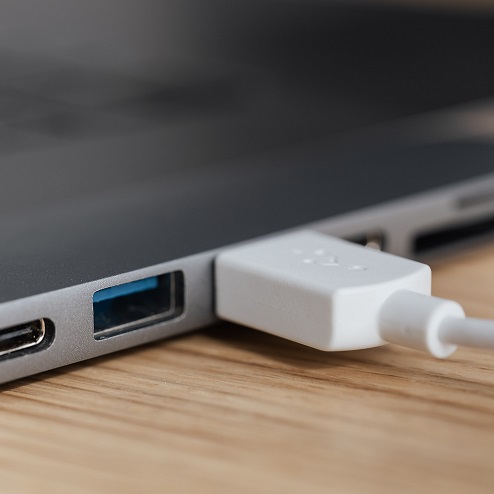
Users can not insert the USB connector in the reverse direction.
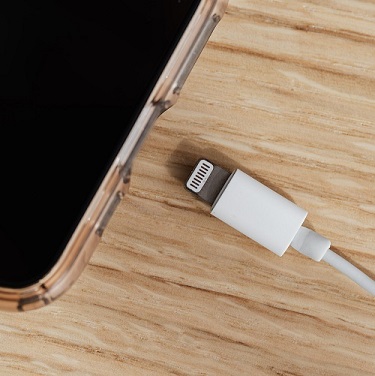
The C-Type connector works in both directions.
- The production process plan ensures the operator can not perform the second operation until he finishes the first operation.
- Users can not use a product in the wrong way. USB and C-Type Connectors design do not allow users to insert the connector in the wrong direction.
Warning Poka-Yoke
In warning poka-yoke, engineers set up products or processes to ensure that the users can detect the mistakes before they occur. Therefore users can take corrective action before it’s too late.

Examples
- A car shows a warning signal when doors are open.
- The e-mail system indicates a warning to prevent any mistake when the subject line or e-mail body is missing in an e-mail.
Poka Yoke Application examples in everyday Life
Here is the list of examples of poka yoke in products and manufacturing processes we use in our daily routine.
In Automobiles
Vehicles come with various types of sensors for driver and co-passengers’ safety. These sensors warn the driver in various scenarios such as the seat belt is not engaged, the car door is open, low fuel, car service time, etc.
Safety Feature in Household Products
Household products such as washing machines, and microwaves have a control mistake-proofing feature. You can not start them until their door is open.
For Part Assembly in Correct Orientation during Manufacturing
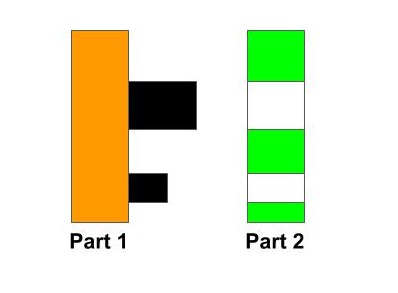
Different size or misaligned pins and holes in part design can reduce the error possibility and ensure the part assembly as per requiremnts.
Safety Feature in machine on shop floor
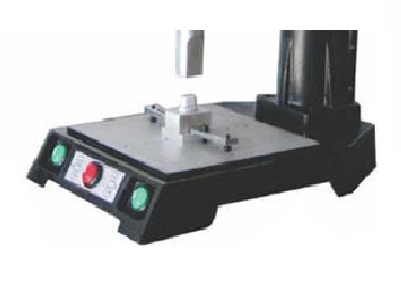
The shop floor machine’s design ensures the operator uses both hands to operate the machine. This feature ensures the operator’s hand does not come in machine-moving parts.
Product Final Inspection
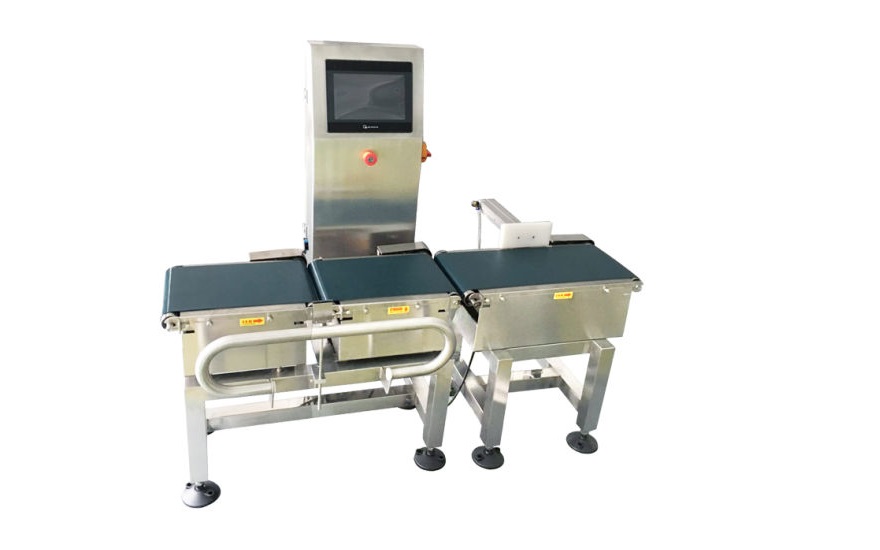
The finished product’s weight can ensure parts are not missing from the product assembly. As a result, we can decide if something is missing from product assembly.
We will keep adding more information on mistake-proofing in manufacturing, design, and product operation. Add your suggestions, comments, or questions in the comment box. We suggest you also read this article on various types of bearing.

Add a Comment